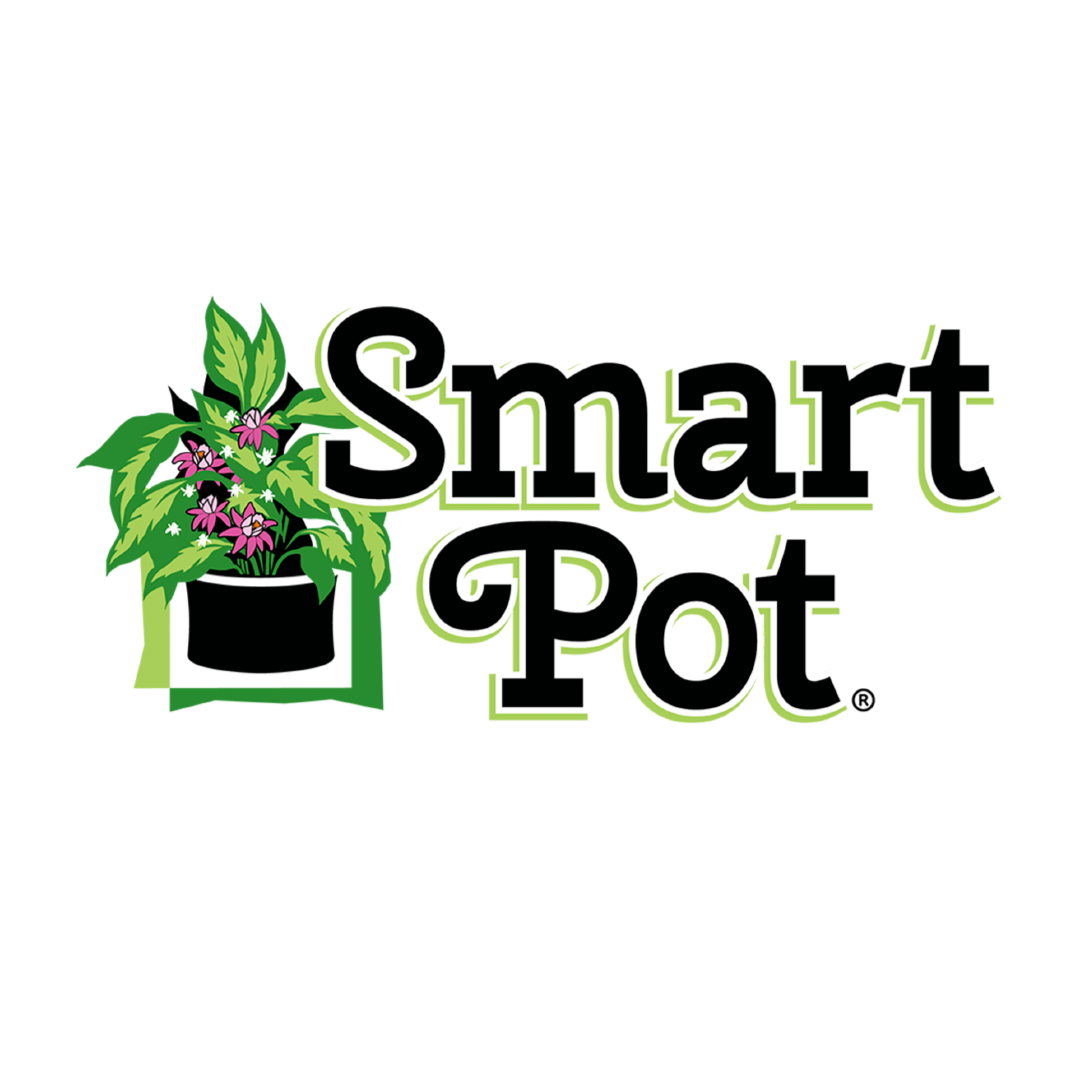Potting mix, also called potting soil, is a soilless blend of ingredients used to grow plants. Often containing a combination of peat moss, coir fiber, vermiculite, sand, perlite, pine bark, compost, and other ingredients, there are dozens of brands of commercial plant potting mix on the market.
Though all good-quality potting mixes should be easy-to-handle, well-draining, and light-weight, each brand has its own distinct features. There’s a surprisingly wide variation in texture, water holding capacity, nutritional content, and density among commercial brands of potting mix, and it’s sometimes difficult to know which brand is right for your needs.
Evaluating your needs
To determine which plant potting mix is best for you, first consider what you’ll be growing.
Commercial potting soils formulated with a specific purpose in mind will be labeled as such. For example, if a potting mix was created specifically for seed-starting, it will have a lighter weight and finer texture than other mixes. It’s also likely have a large percentage of sphagnum peat moss in the blend, as peat has natural fungicidal properties which can help prevent damping off, a fungal disease that strikes young seedlings.
In contrast, a commercial mixture created for growing containerized trees and shrubs likely contains ingredients such as coarse sand, pine bark, and/or compost for their added weight, increased water holding capacity, and coarse texture.
Cactus-specific potting mixes have a gravelly texture, while orchid-ready blends consist mostly of bark chips. There are commercial potting mixes formulated for acid-loving plants, African violets, and many others, too.
As you can see, there are many potting mixes specifically tailored to a particular type of plant. There are also plenty of general, all-purpose potting mixes, suitable for everything from container gardens and hanging baskets, to houseplants and raised beds.
By paying careful attention to your needs, you can choose your plant potting mix accordingly.
Evaluating the label
Once you’ve determined whether or not a specific potting mix exists for your needs, it’s time to delve a little deeper. Even among general potting mixes there is great variation, and reading the label gives you a better idea of what you’ll find when you open the bag.
In addition to containing the ingredients listed at the beginning of this article, many potting mixes also have a source of fertilizer.
Depending on your gardening preferences, you may want to determine if the source of nutrition is naturally derived or synthetic. Natural fertilizers listed on the label include items like dehydrated manure or compost products; plant-based materials, such as corn gluten meal, alfalfa meal, cottonseed meal or kelp meal; mined minerals, such as rock phosphate, greensand, or lime; and animal by-products like feather meal, fish meal, or bone meal.
Synthetic fertilizers present in potting soils may or may not be included on the bag’s ingredient list, but they’ll often be announced on the front of the bag by phrases like “feeds plants for 6 months” or “includes slow-release fertilizer.”
What to avoid
When selecting a potting mix, there are also a few things to avoid.
- When using fabric aeration containers it’s important to use a heavier soil. A soil that is water retentive will allow the water to stay within the confines of your soil and aerated container so that your plants are getting as many nutrients as possible.
- Avoid mixes that contain garden soil or topsoil. These mixes are often poorly-draining, and because they many not be sterile, they could contain pathogens or weed seeds.
- Potting mixes with an unpleasant odor aren’t a smart buy. These may be too rich in nitrogen, or they may contain harmful pathogens or other detrimental ingredients.
- Skip potting mixes containing mold or sprouting seeds. Commercial mixes labeled as sterile should be free of molds, pathogens, and viable weed seeds.
Evaluating the performance
After using a particular brand of potting soil, it’s important to evaluate its performance. Make note of which brands work best for you and stick with them. High quality potting mixes that grow healthy, productive plants are worth seeking out and using year-after-year.
Don’t be afraid to experiment with different blends to discover the ones that work best for you.















